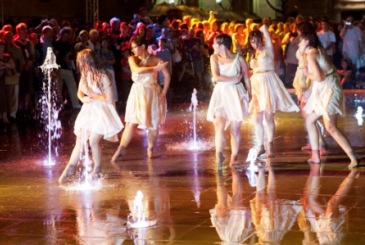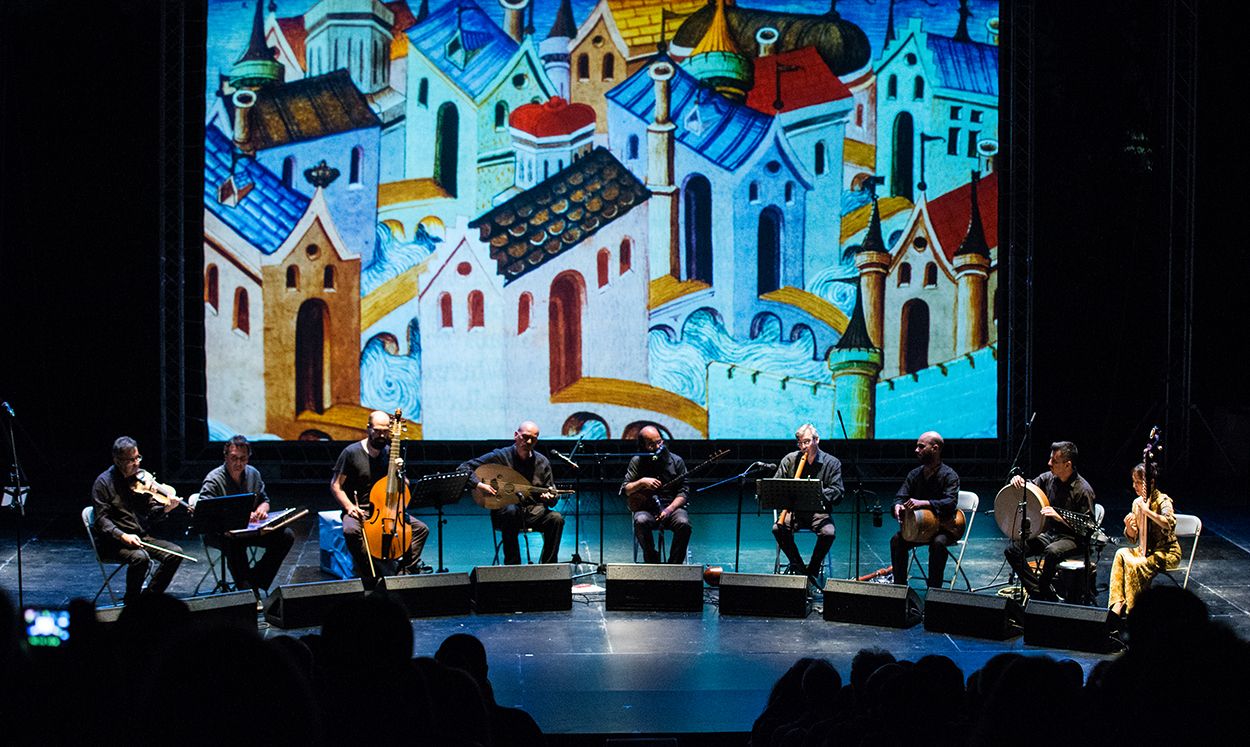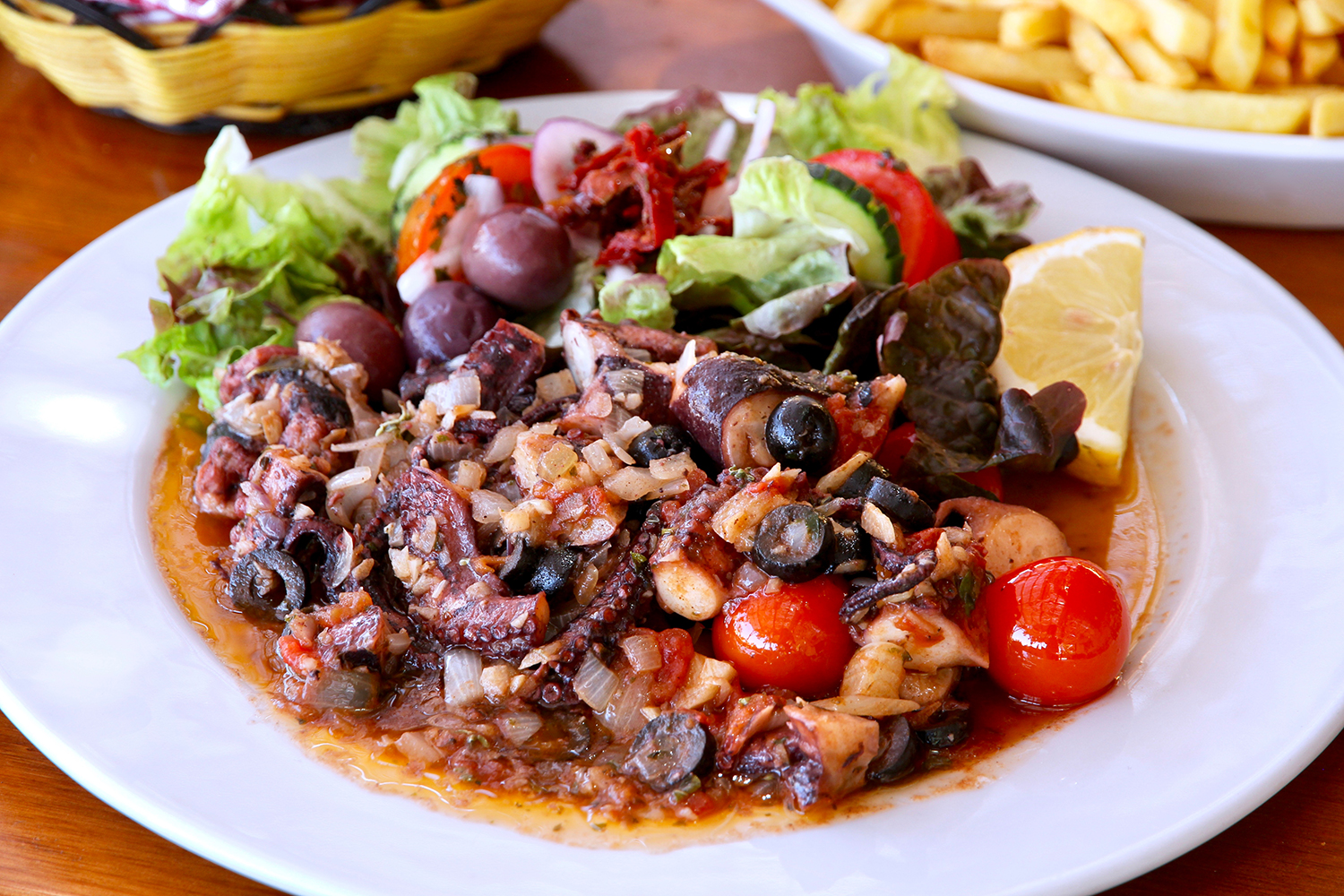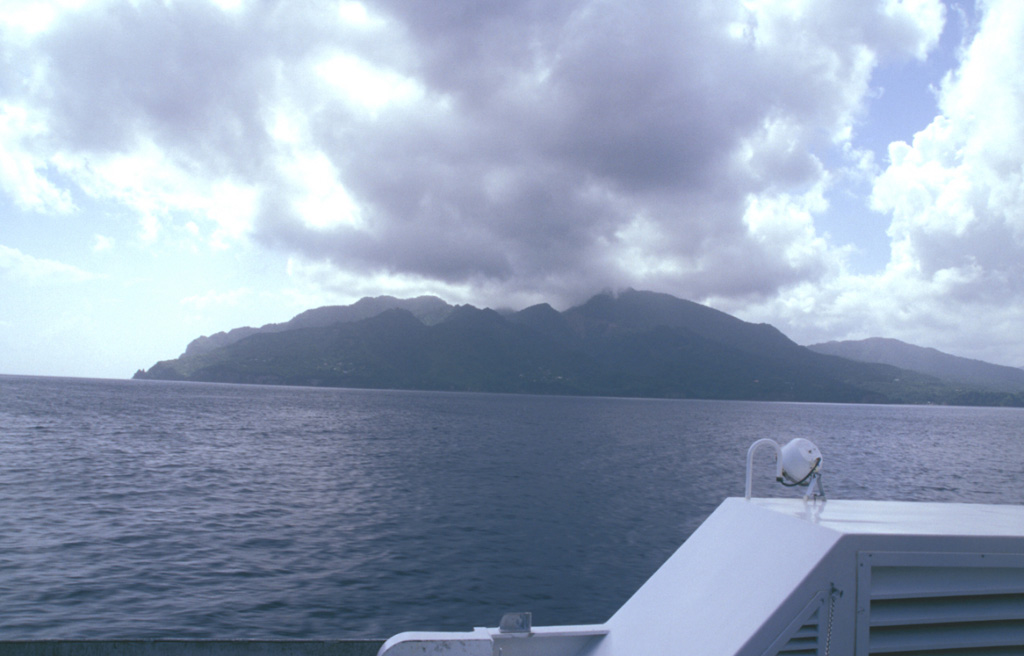4.The Malta International Arts Festival
This annual event features a variety of activities, such as dance performances, live music, theatrical productions, and more. Not only that, but it’s also a great platform for international artists to showcase their work.
Furthermore, it’s a great way to experience the best of Malta’s culture while getting to know some of the country’s famous people, who are often featured in the performances. The festival usually takes place in July each year and is a must-see on any traveler’s itinerary.


5. MALTESE LANGUAGE
The language is one of the most diverse in the world. It’s a mixture of Italian, Arabic, French, and English. It's the only official Semitic and Afro-Asiatic language of the European Union.
The original Arabic base comprises around one-third of the Maltese vocabulary, especially words that denote basic ideas and the function words, but about half of the vocabulary is derived from standard Italian and Sicilian; and English words make up between 6% and 20% of the vocabulary. For example, you might hear Bongu (like Bonjour in French) for a good morning greeting or Ciao (Italian) for a goodbye. The language perfectly exemplifies their unique culture, and how the country has evolved over time.
6. Malta's flora and fauna
Taken from Wikipedia.
Of the 10,000 estimated terrestrial and freshwater species in the Maltese archipelago, 78 are endemic, a large number considering the country's size. Only 4,500 species have so far been identified, and others still await correct taxonomic classification, which means that there may be several more endemic species yet to be discovered.
Twenty-three of the endemic species are vascular plants and plants such as bryophytes, while the remaining 55 species are animals.
7. Fortifications of Malta
From Wikipedia, the free encyclopedia
The fortifications of Malta consist of a number of walled cities, citadels, forts, towers, batteries, redoubts, entrenchments and pillboxes. The fortifications were built over hundreds of years, from around 1450 BC to the mid-20th century, and they are a result of the Maltese islands' strategic position and natural harbours, which have made them very desirable for various powers.
The earliest known fortifications in Malta are defensive walls built around Bronze Age settlements. The Phoenicians, Romans and Byzantines built a number of defensive walls around important settlements, but very little remains of these survive today. By the late medieval period, the main fortifications on Malta were the capital Mdina, the Cittadella on Gozo, the Castrum Maris and a few coastal towers or lookout posts.
The fortifications of Malta were greatly improved while the islands were ruled by the Order of St. John between 1530 and 1798. The Hospitallers built new bastioned fortifications, such as the fortifications of Birgu and Valletta, and upgraded the medieval defences. By the end of the 18th century, Malta had extensive fortifications around the Grand Harbour and Marsamxett, as well as a coastal defence system consisting of towers, batteries, redoubts and entrenchments.
Following a brief French occupation, the islands fell under British rule in 1800. Between the 1870s and the 1900s a number of polygonal forts and batteries were built around Malta's coastline and along the Great Fault. In the 1930s and 1940s, Fort Campbell, a series of pillboxes and a number of anti-aircraft batteries were constructed, and these were the last fortifications to be built in Malta.
Malta's fortifications are considered to be among the best examples of military architecture anywhere in the world. Major General Whitworth Porter of the Royal Engineers, called Malta "the most powerful artificial fortress in the world" in his 1858 book A History of the Fortress of Malta. In his 1893 book The Story of Malta, Maturin Murray Ballou wrote that "there is not a more complete system of fortifications extant, in any part of the world, than the cordon of defensive structures at Malta."
The British architect Quentin Hughes referred to Malta's fortifications as "for sheer concentration and majesty quite unmatched", while judge and historian Giovanni Bonello said that "nowhere in the world are fortifications more extensive, more impressive, more outstanding than they are in Malta."
8. Stuffat tal-Qarnit
Seafood is a common ingredient in Maltese cuisine and the octopus is no different. The Stuffat tal-Qarnita is a stew made with octopus, potatoes, garlic, tomatoes, and red wine amongst other spices.
The octopus is cooked until it is tender, and then it is simmered in the sauce for hours. This results in a rich, flavorful stew that is truly delicious.
The Stuffat tal-Qarnit is a popular dish, and it can be found in many restaurants around Malta. It is often served with a side of Maltese bread, which is used to soak up the delicious sauce.
This dish is a real Maltese classic, and definitely worth trying when you are exploring all the food in Malta!

10. Panettone
This traditional cake is made with bunting, dried fruit, and malta. The origin of Panettone goes back to Milan, Italy; yet another example of Italian influence on the cuisine.
The dough is very similar to that of brioche, which gives the cake a light and fluffy texture. It is great for sharing, thereby serving its purpose in Christmas season. Panettone can be served with a sweet sauce, or simply dusted with icing sugar. It goes well with a cup of tea, coffee, or even red wine.

1. Dominica has 5 Holocene volcanoes.
Volcanoes will be included on this list if they are within the boundaries of a country, on a shared boundary or area, in a remote territory, or within a maritime Exclusive Economic Zone. Bolded volcanoes have erupted within the past 20 years. Suggestions and data updates are always welcome (Contact GVP). https://volcano.si.edu/volcanolist_countries.cfm?country=Dominica
| Volcano Name | Location | Last Eruption | Primary Volcano Type |
|---|---|---|---|
| Morne aux Diables | Dominica | Unknown - Evidence Credible | Lava dome(s) |
| Morne Diablotins | Dominica | Unknown - Evidence Uncertain | Stratovolcano |
| Morne Plat Pays | Dominica | 1270 CE | Stratovolcano |
| Morne Trois Pitons | Dominica | 920 CE | Complex |
| Morne Watt | Dominica | 1997 CE | Stratovolcano(es) |










